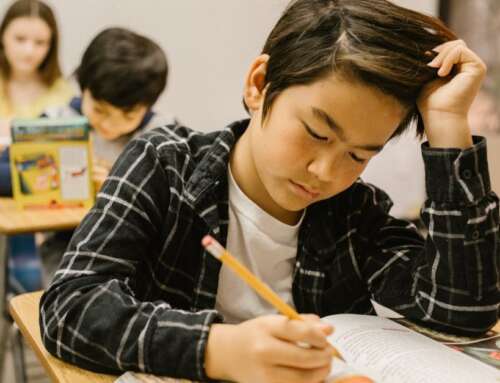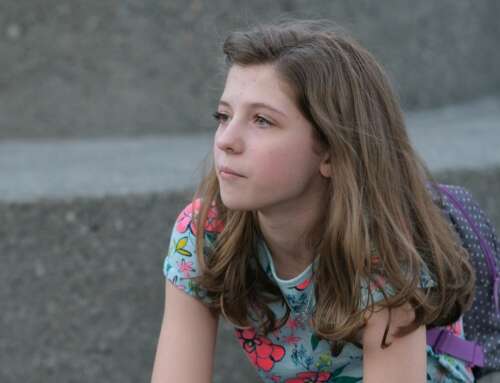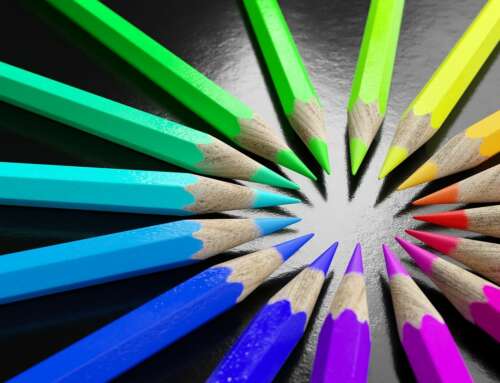Dyah Pitaloka, Senior Lecturer, Communications and Media Studies, School of Arts and Social Sciences, Monash University Malaysia
Parman, 41, is a massage therapist with visual impairment who supports his family. While he’s used to people treating him as someone unfit for other work, he’s determined to prove he can earn a decent living with the training he’s received.
However, the COVID-19 pandemic changed everything for Parman.
“I could no longer work because of the restrictions. I will usually contact my neighbour who works as a motorcycle driver to take me to the bus stop where I will travel for half an hour, and then walk to the nearby neighbourhood to promote my service.
“But with COVID-19, the problem isn’t just finding transportation, but also that nobody wants to use my service because of social distancing,” he says.
Similarly, Tran – also visually impaired – says the social distancing requirement has resulted in her distancing herself from more things than ever.
Her biggest challenge is learning.
“Teachers used platforms that were inaccessible to people like me. Patchy internet connection was a constant issue, making it difficult for me to keep up with the learning materials.
“Life is harder than before, but I have to be patient and do my best with what I have,” says Tran.
These stories highlight how people with disabilities faced many challenges during the pandemic. If life was difficult for them before, it’s even more so now, as they not only have to deal with the health implications of the virus, but also the social relevance of it.
Many have admitted the pandemic impacted their wellbeing and financial capabilities. Already present with disadvantages, people living with disability face even more restrictions during this period.
Dr Dyah Pitaloka aims to create awareness of these challenges in her research paper, A Tale of Triple Advantages: Coping with Disabilities and Poverty in Rural Java, Indonesia, which is under review.
Together with her colleague Abdul Rohman, she started the research at the end of 2021.
“I wanted to examine the inequality and social resonance as to how the pandemic had shaped in this context for people with disabilities, particularly those living in poverty in rural areas,” she says.
“I also wanted to highlight how differently-abled people used technology to seek information during the COVID-19 crisis, compared to those living with disabilities.”
Dr Pitaloka says that while a gap has always been present in this marginalised community, it’s even more apparent now.
“People with disabilities are almost always never in the equation when it comes to policies and decision-making,” she says.
“Research further shows that they rarely become a priority in the pandemic response. Therefore, I felt there was a real urgency to capture these voices and narratives to show their vulnerability with a bigger impact than those without disabilities.
“Research also shows that people with disabilities are four times more likely to die or be injured during a disaster.”
Research through storytelling
With research such as Dr Pitaloka’s, the most common method would be to conduct face-to-face interviews with subjects. However, as her research was conducted during the pandemic and with lockdowns in effect, Dr Pitaloka had to find alternative ways to make certain that it would reflect the reality of her subjects’ experiences. There were 60 participants with various impairments, and 80% worked as handicraft makers.
To obtain data, Dr Pitaloka had to rely on the storytelling method where participants would talk about themselves and each write a short story.
“The participants were more comfortable doing it this way,” she says.
“Because of their different limitations, they could find their own pace and ability to contribute their stories to the research.”
The research findings confirmed that the COVID-19 pandemic reinforced social inequality in people with disabilities living in poverty and rurality, experiencing even more difficulties than the general population.
“Findings reveal that health, economic and political dimensions of the pandemic and its policy did not spare people with disabilities from structural exclusions,” Dr Pitaloka wrote in her research paper.
The research also reveals that, despite their reality, the participants remained positive.
“Our next phase will be to produce a policy paper based on our research to be shared with disability organisations, local government offices, and those involved with policymaking to spread the word and highlight the needs of this particular group in terms of emergency responses, access and involvement in policymaking,” she says.
“We held several stakeholders’ meetings and have collaborated with people within disabilities organisations to produce information concerning COVID-19, as well as access to data and resources that are user-friendly to people with disabilities.”
This article was first published on Monash Lens. Read the original article







Leave A Comment